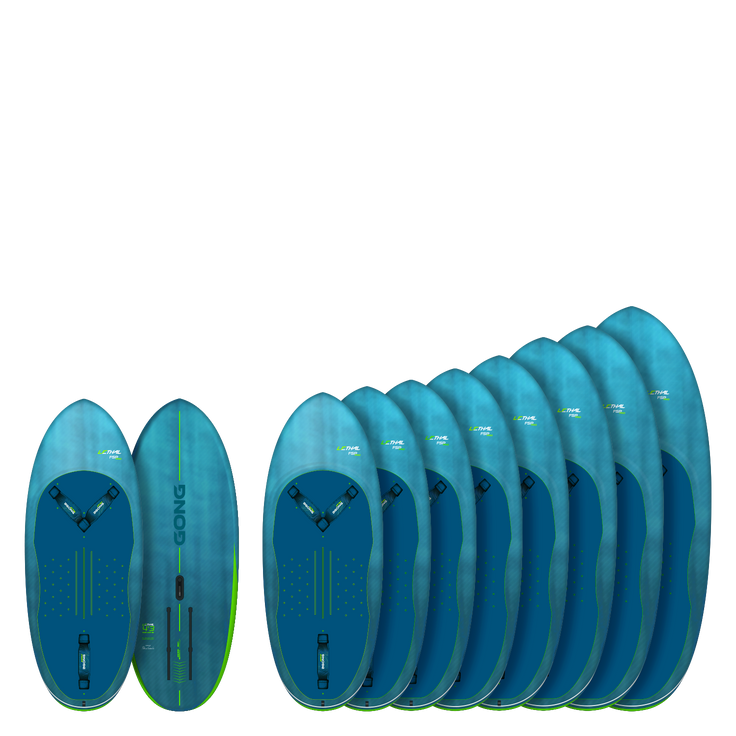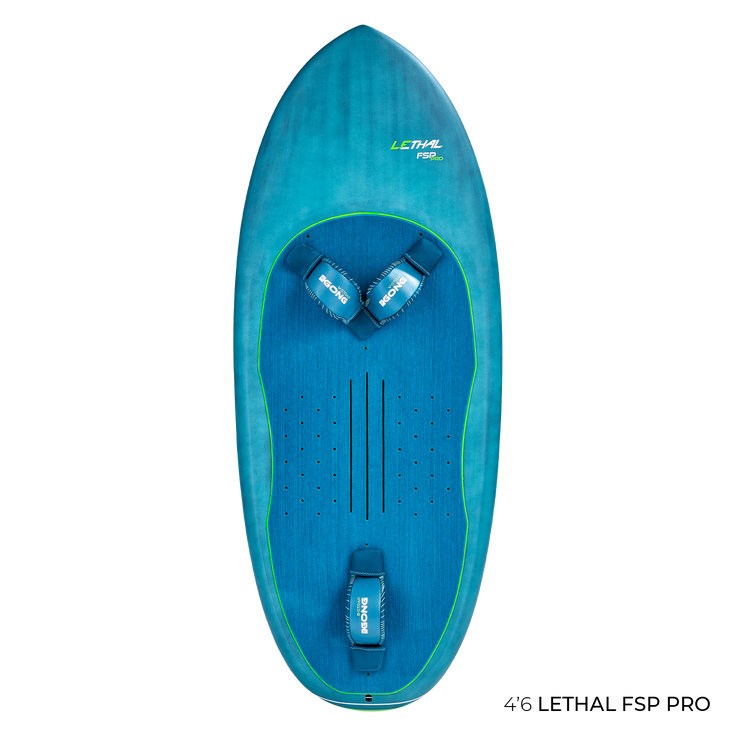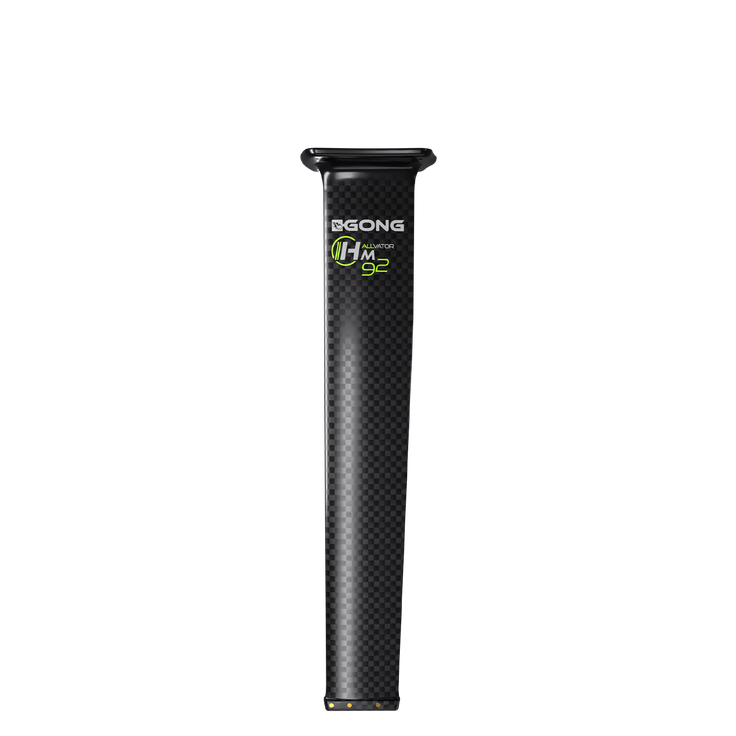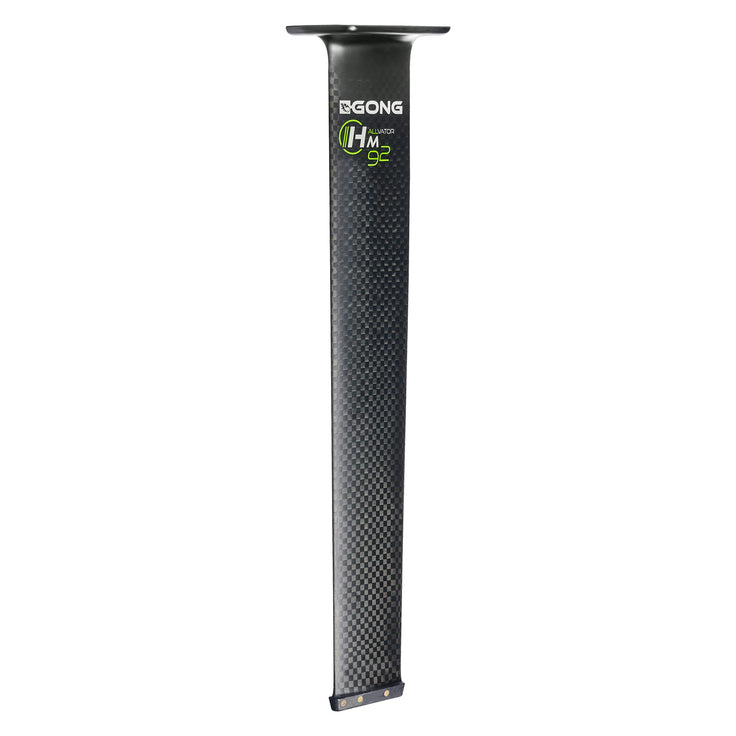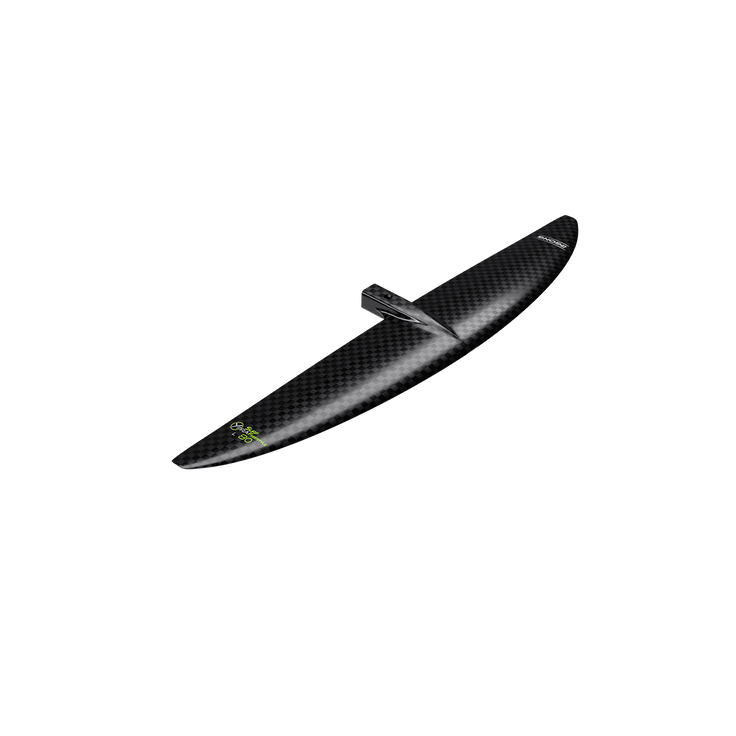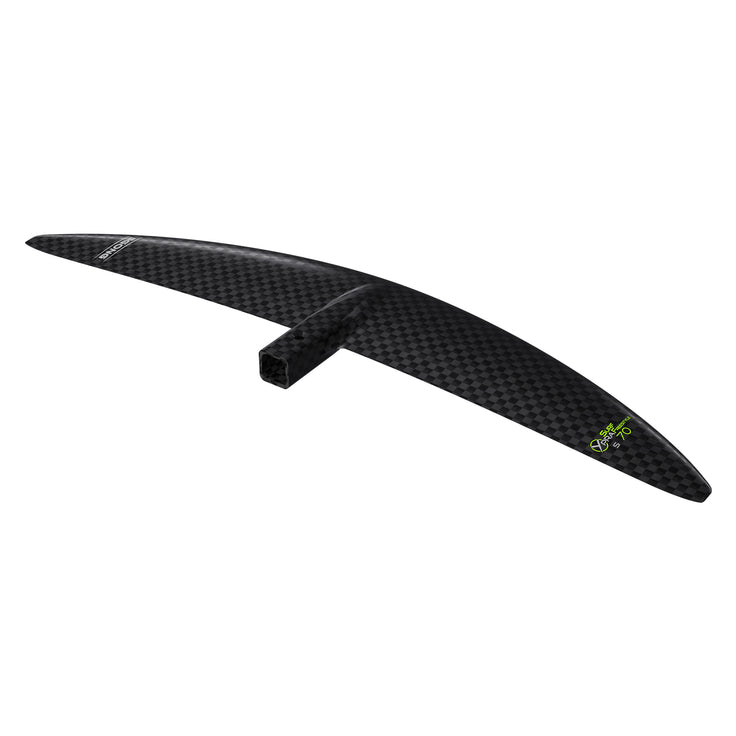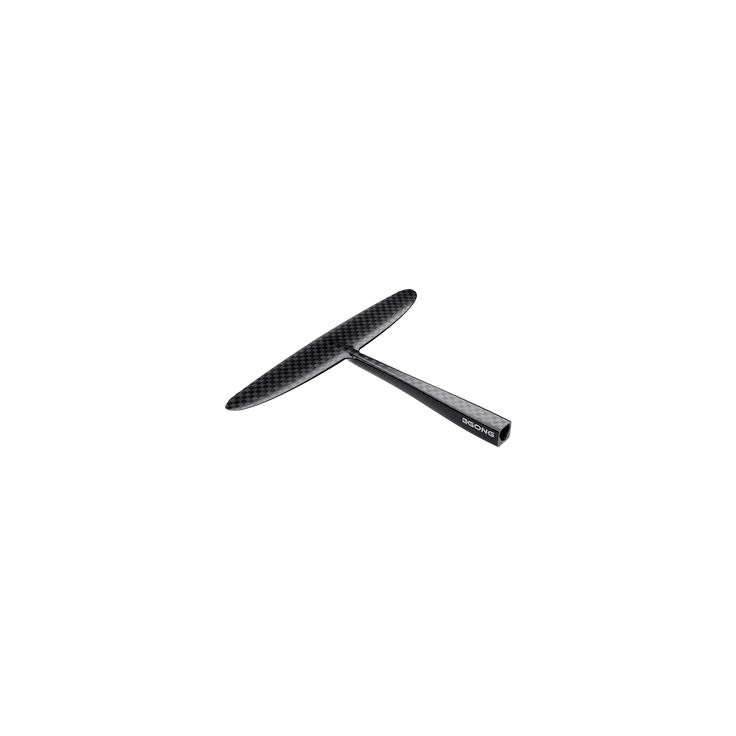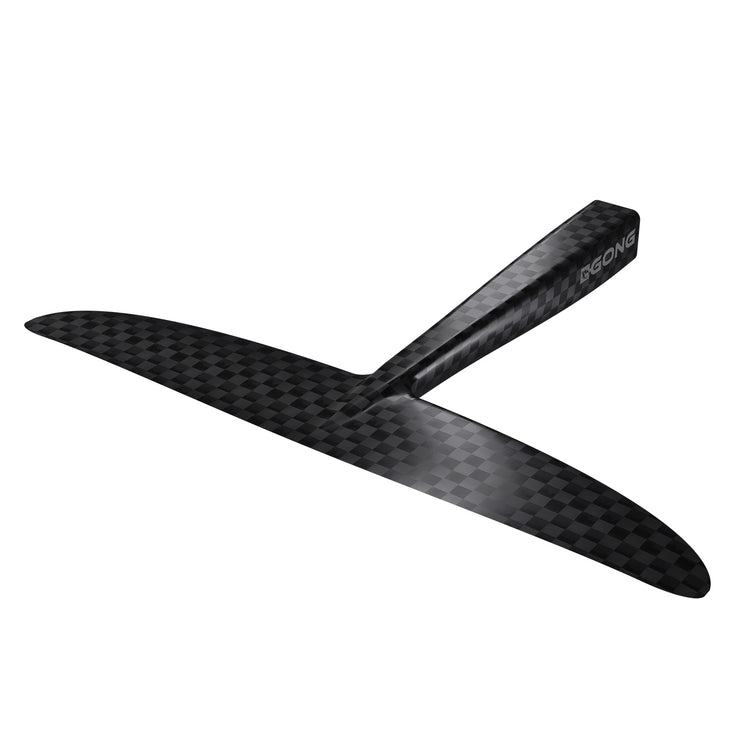FEEDBACK: MALO’S FOIL SET-UP IN CAPE VERDE
- News
- Wing
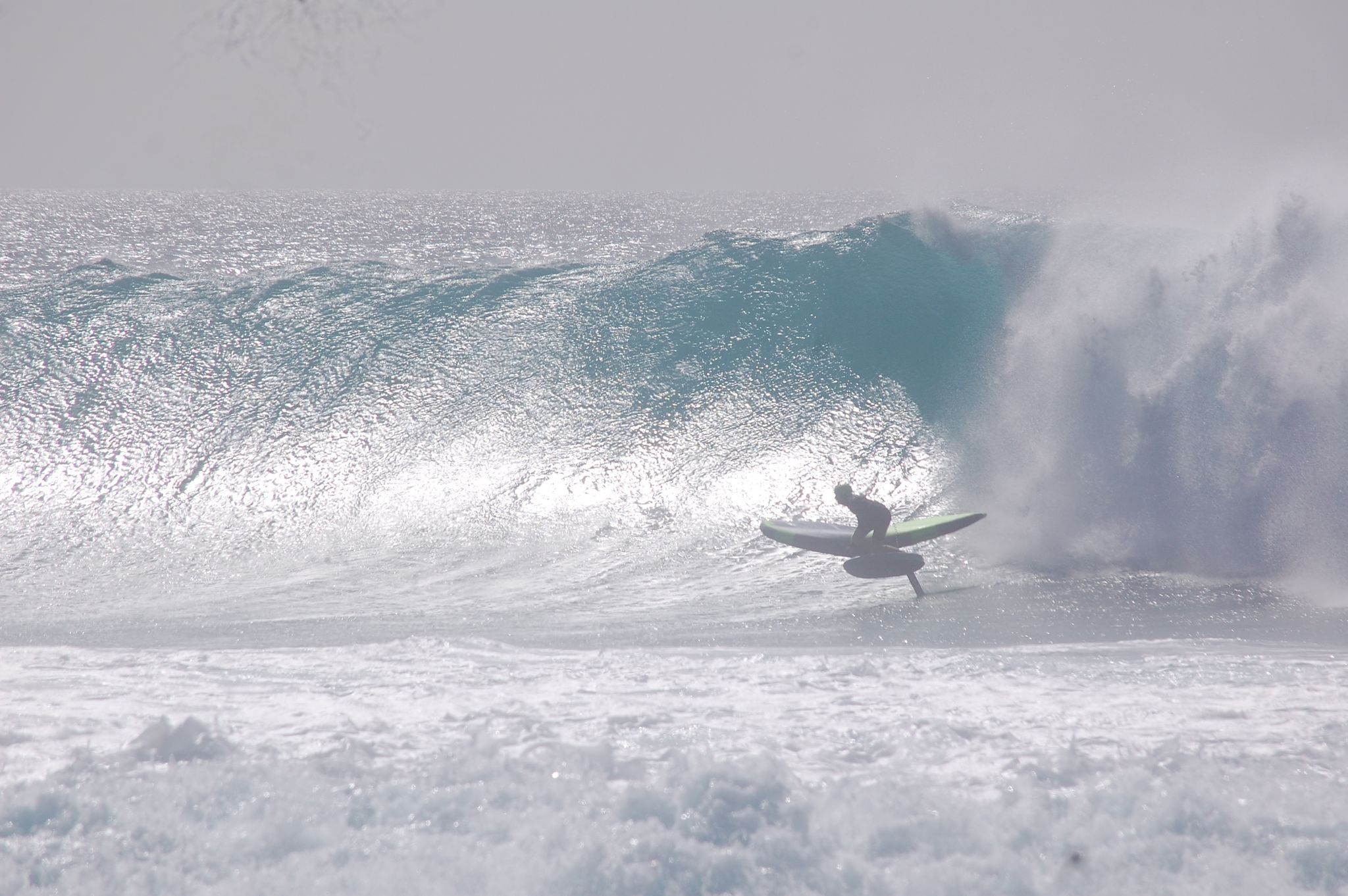
Our team rider looks back on his choice of equipment during his victorious journey in Cape Verde in conditions that we will not soon forget. With some gear tips to go full send on your next big wave day.
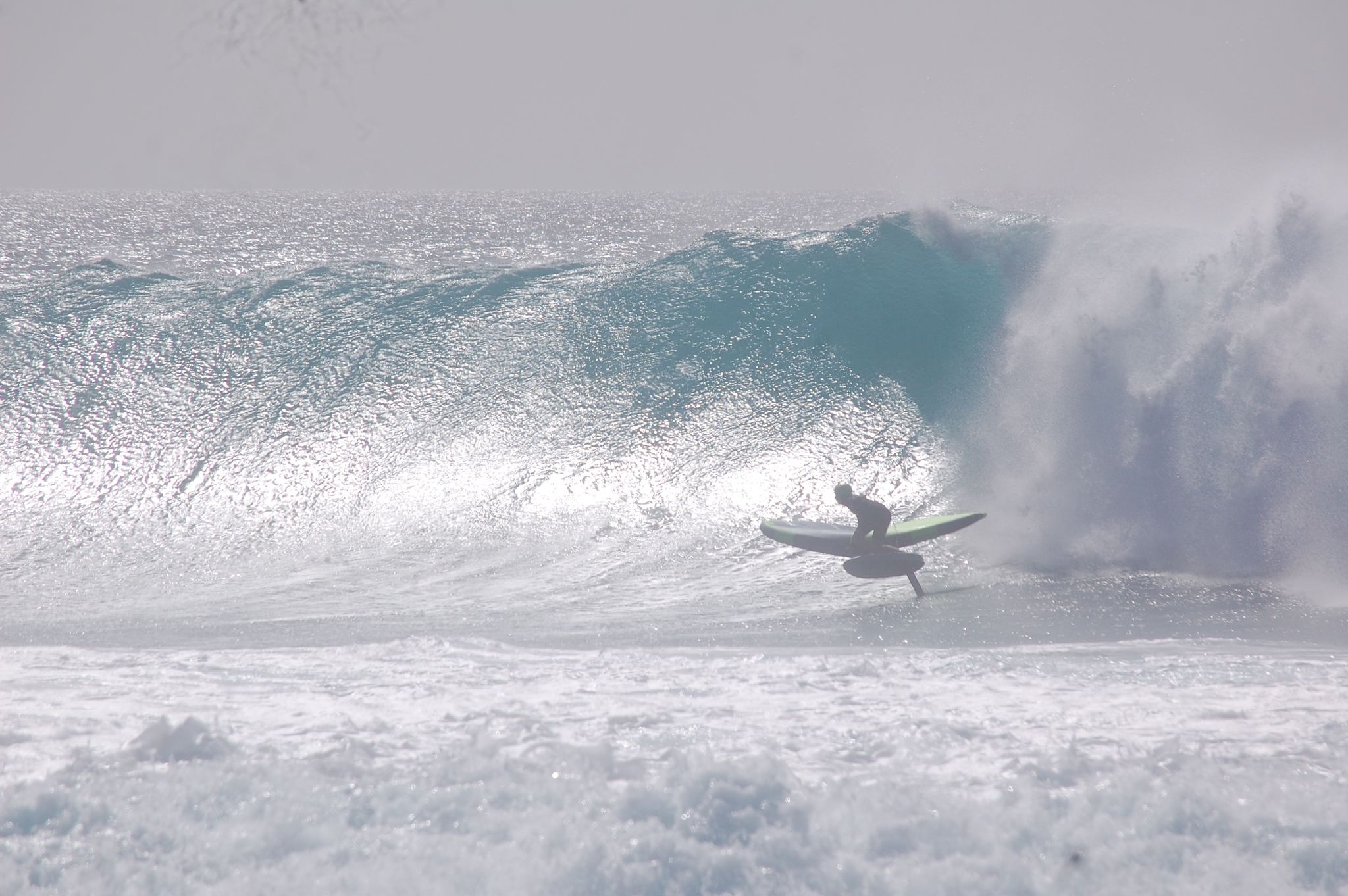
The choice of the Ypra Surf-Freestyle
On the Cape Verde contest I was equipped with the Ypra Surf-Freestyle because it is the front wing of the range that I use the most, be it for surf foiling, tow-in and mainly wing foiling. So I know it by heart and in fairly challenging conditions like we had in Cape Verde, being comfortable with the equipment is essential.
Secondly, because the Ypra front wings are the fastest shapes in the range. I never felt limited by my speed, never having to really pump to catch up with a section but never being overwhelmed by an excess of speed either. So the few times I got stuck behind the section were really a mistake on my part ;).
Third, I chose this front wing because I find it very predictable while still having an aggressive and lively feel. I can push as hard as I want, breach the tips in engaged carves, which allows me to set a lot of angle without it stalling, and I can surf through critical parts like foam, whitewater and turbulence without any unpredictable reactions.
And finally because it also has a very good pop and repop which is perfect for doing big airs and re-engaging super quickly.
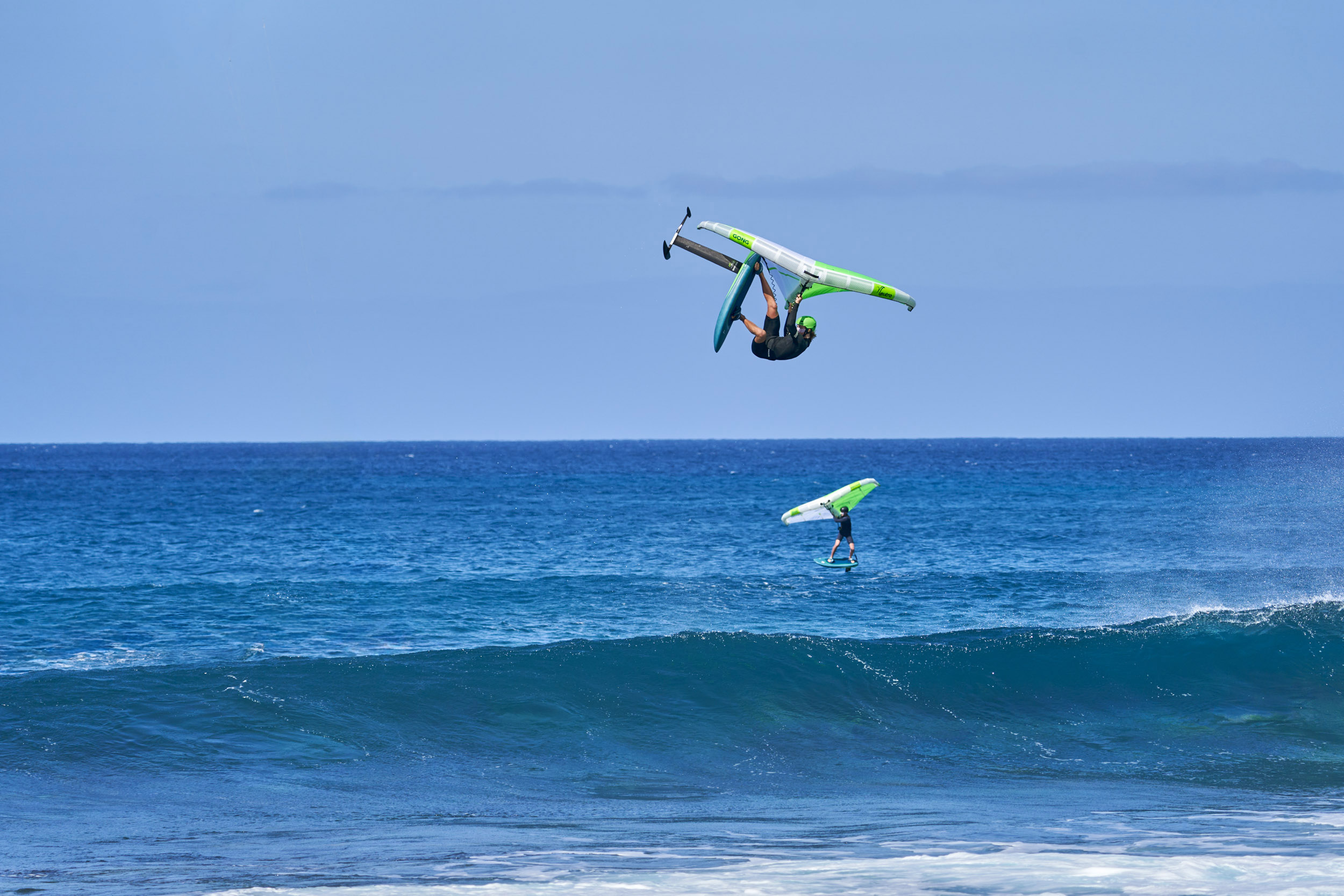
Shorter front to rear span with the Ypra Surf-Freestyle
Due to its shorter fitting base, the Ypra Surf-Freestyle offers a shorter front to rear span which is very useful to me when it comes to tightening the carves. I did not choose the Ypra Surf with the standard fitting, therefore relatively longer front to rear span, because although it provides more drive and stability, I needed to be able to tighten my turns as much as possible on this very powerful swell if I wanted to work on the vertical parts of the wave and earn points.
In addition, the short front to rear span allows you to create a kind of instability that I really like. By instability I mean that the foil is more sensitive to front/rear weight distribution so that allows me to be very precise in steering the foil. For example when coming down from a turn on the lip on a very hollow wave, the foil will tend to dive because of the shape of the wave and I will be able to counter it with a light back foot pressure which will immediately bring me back up and balanced.
In short, I choose the shortest span in these conditions for a gain in radicality and responsiveness. This ultra-short reaction time of the foil allows me to control it better because I can adjust it in a flash. It’s a very pleasant feel for those who surf instinctively, something that foiling naturally engenders with experience.
The choice of surface and stab
In these conditions, I simply chose the smallest Ypra Surf-Freestyle in the range, namely the S which is 600 (and it was already too big haha). As a stab I had the Freestyle 39 because it is the perfect compromise between surface area and length. I didn’t want a stab that was too long for the same reasons why I chose the short fuselage of the Ypra Surf-Freestyle (responsiveness and tightness of carves).
But it wasn’t too short either, in which case I would not have had enough drive in the long carves, and I would not have been able to push without the foil stalling. And as for the surface (200cm2), it perfectly balances the front wing so that it does not go up and down at high speed.
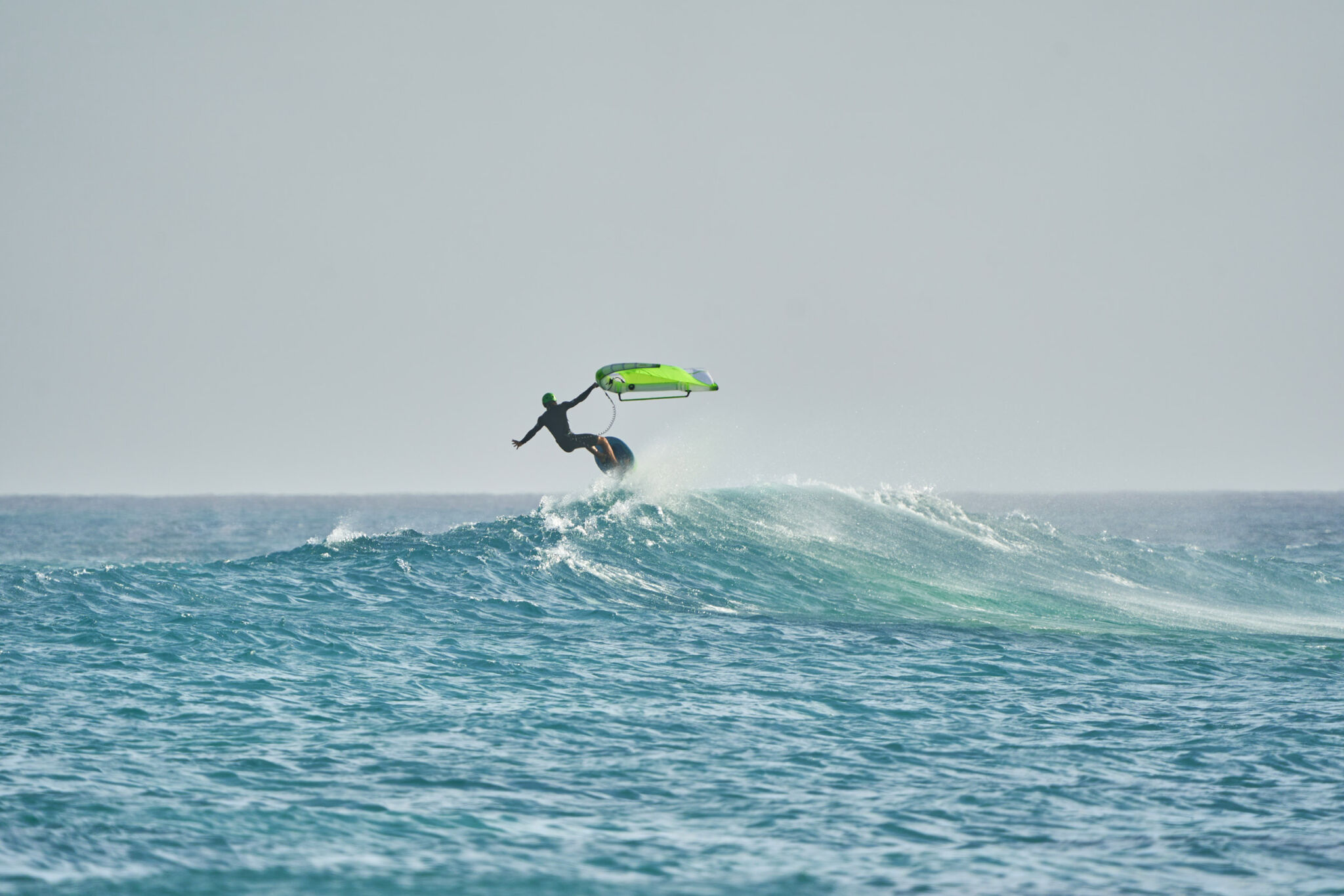
Take off with a 600cm2 front wing
The wind near the beach was very light and offshore. So it wasn’t easy to take off, but by being super energetic in the small gusts you could get on the foil, mostly pretty fast. Honestly with good technique and our equipment we are really able to start very early with small foils. The trick is to pull the board up and forward, pulling it out of the water using the straps. And at the same time I use the wing a lot to lift myself upwards and not necessarily forwards by pumping it up and down. By doing this I manage to raise the foil and make it stall when it is at the top which makes it pick up a little speed on the way down and little by little I manage to move forward until it takes off.
In the conditions of the competition, we relied a lot on the acceleration of the wind off the wave to take off. It leaves a few seconds to take off before the wind drops to zero behind the wave but it saved my day a couple of times haha.
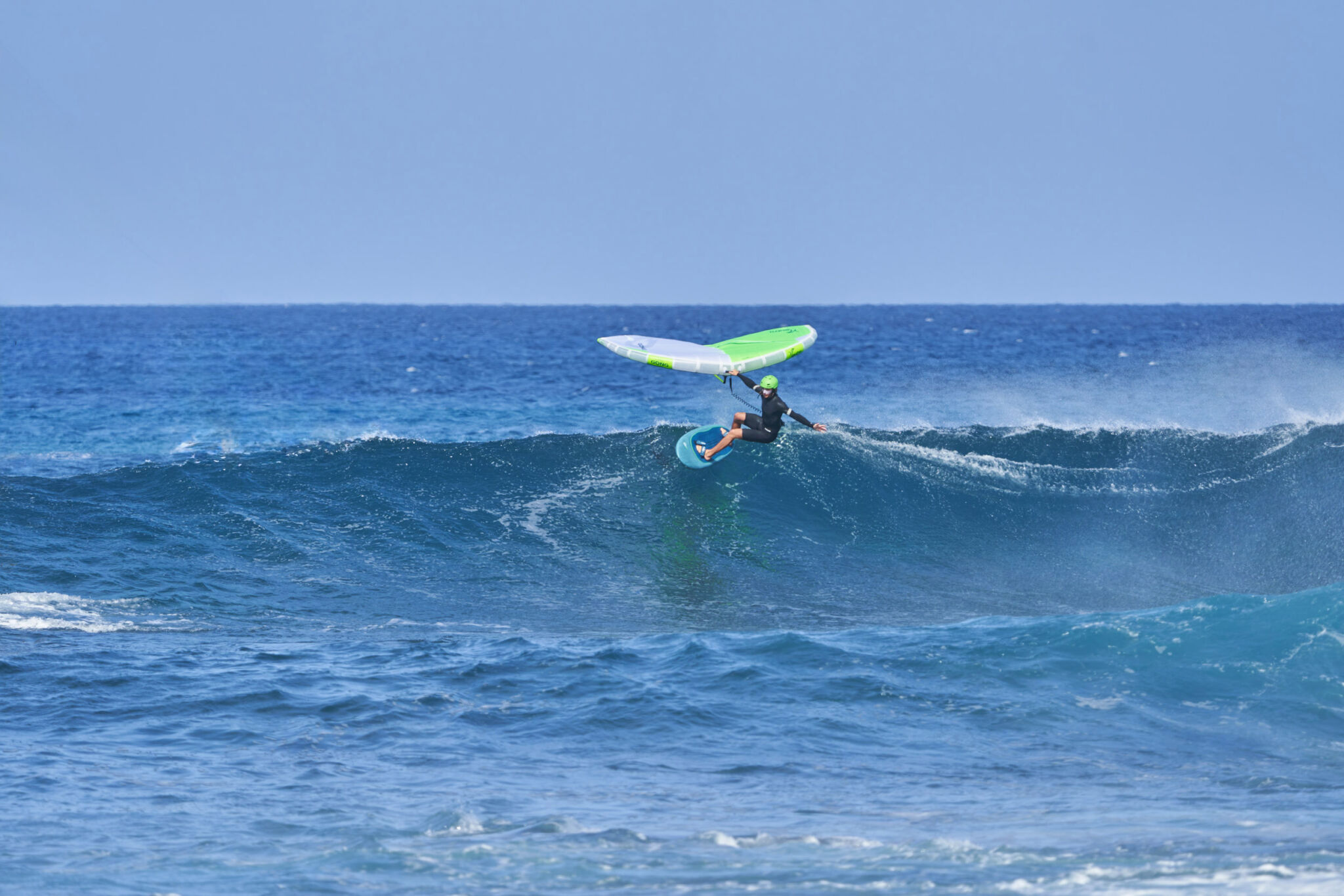
Engage more with a longer mast
Concerning the mast, I must say I’m very pleased with having chosen the HM92 while I am usually on the HM85. It’s fair to say it has been a key element. The few extra centimeters may not seem like much, but the margin for error I gained with that is enormous.
Since I ride the HM85 all the time, I really felt the difference. I think a lot of turns wouldn’t have gone the same way if I hadn’t had this mast. I can really go for more angle and push even harder in the maneuvers without the foil stalling and that was a game changer! It is also thinner than the HM85 and the difference in speed is considerable, but without losing rigidity.
This mast was for me the great discovery of this competition, in regards to the equipment, and really helped me send even stronger!
Also note that I always use a +1.5° rake shim because I like to raise the nose of the board a little and it’s quite useful in waves when you’re close to pearling. Plus, the shim adds quite a bit of pop which I really like for airs.
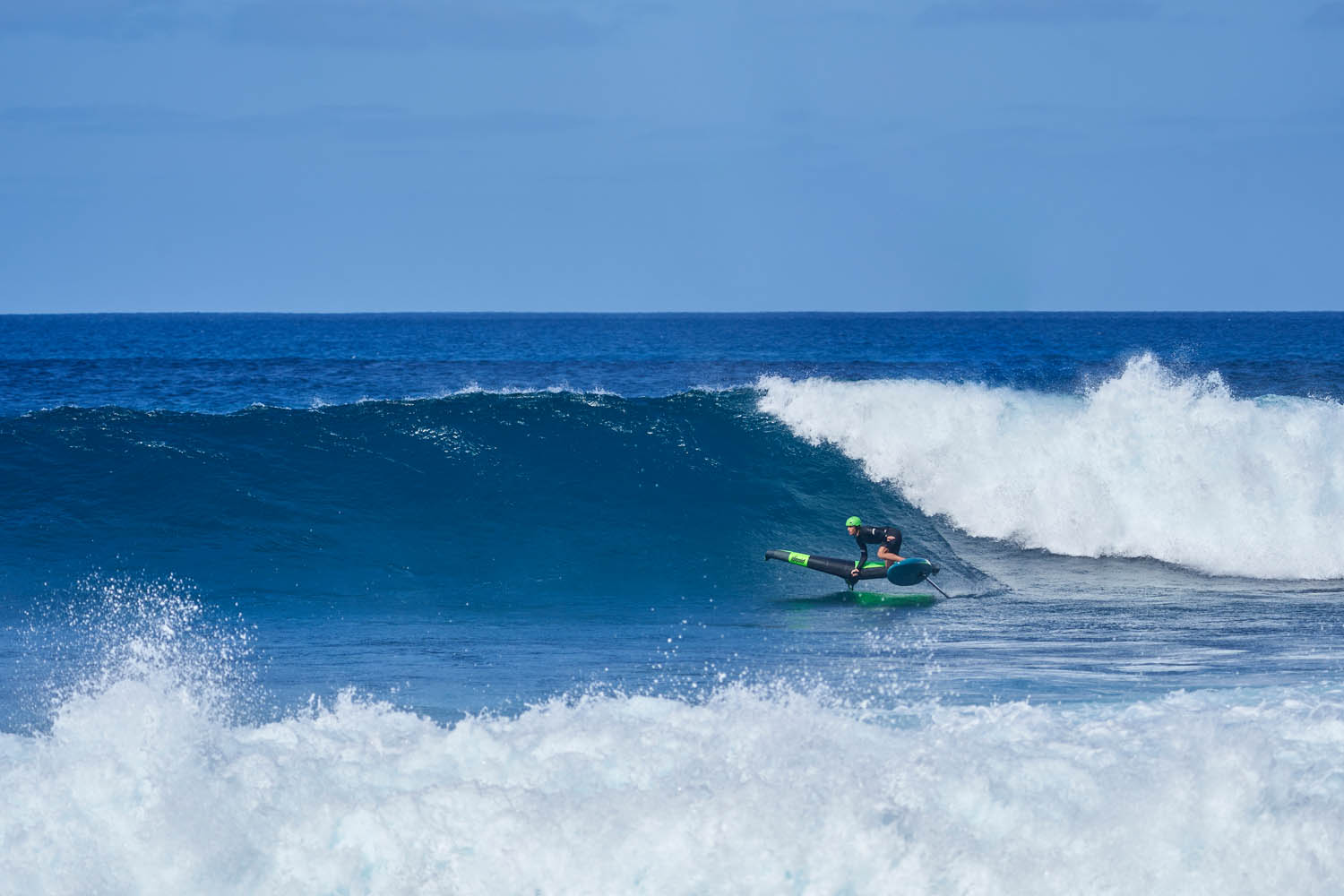
A set-up that works in all conditions
At the moment I use the same set-up everywhere in waves. We did a lot of testing at home before leaving for Cape Verde to find the best combo for possibly huge waves. And I set my mind on this one. I found that it worked well on my home spot, and once in Cape Verde it turned out that it worked even better! So I think I have found a set-up that is fairly versatile and performs well in all conditions.
The only setting that I will change in more “European” waves, will be the positioning of the foil in the box. In smaller or softer conditions I will move it forward a little more to feel more power under the feet. And in bigger conditions I’ll move it back a little to have less front foot to be more comfortable and not get overwhelmed.
Relive this historic competition told by Malo in The Ponta Preta Thrill.








